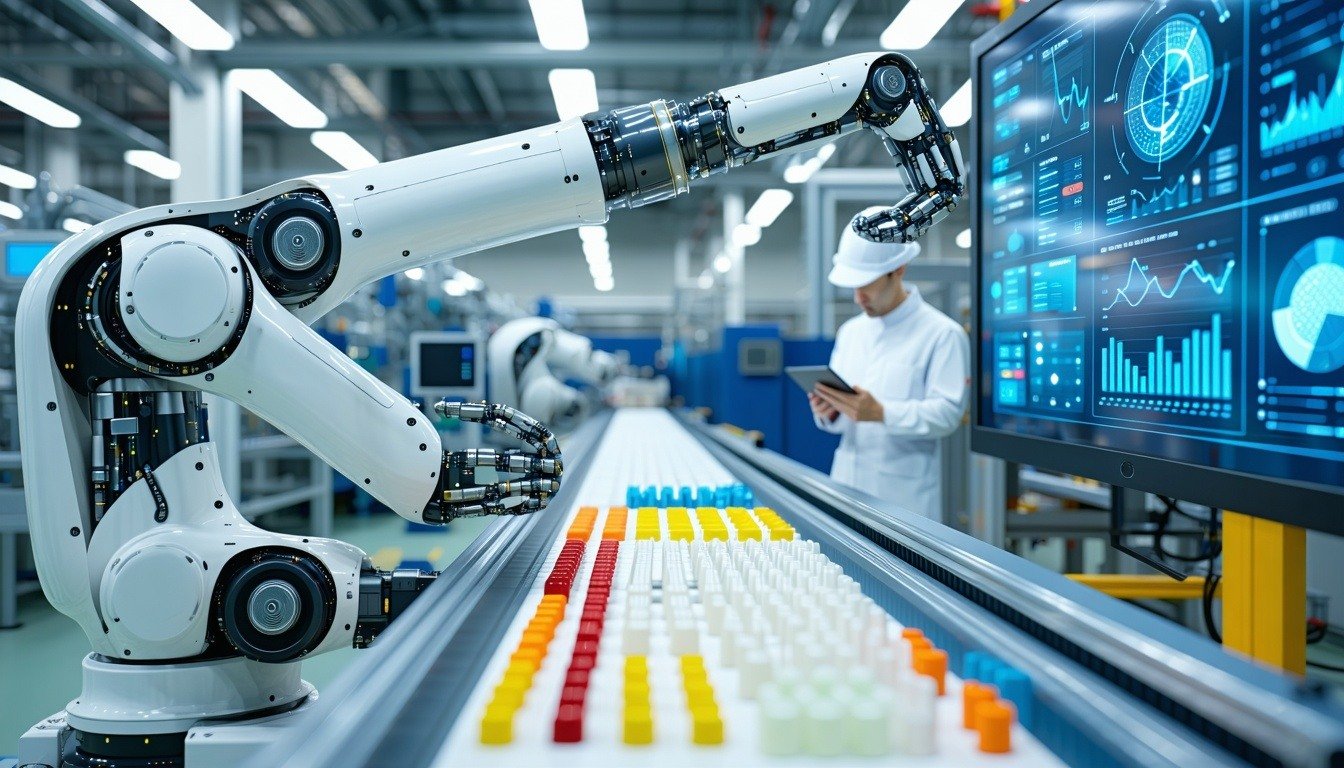The pulp and paper industry is a largely unsung hero in our tech-focused world. However, without the industry, e-commerce would shut down immediately due to a lack of packaging materials. Moreover, paper is a crucial material for tissues, towels, personal hygiene, and medical care products. As for pulp, it’s used for creating plywood, lumber materials, and high-quality papers. Needless to say, pulp and paper producers are here to stay, though the industry is currently in the midst of taking the next step in its evolution.
Legacy technologies are being replaced with new, innovative solutions. There are myriad reasons why pulp and paper producers need to adopt these technologies. This post offers a solid understanding of the current dynamics surrounding the pulp and paper industry, notably pressing challenges and digitalization strategies.
Download the Report: Digitalization in the Pulp and Paper Industry
Manufacturing Pulp and Paper Sustainably
Like many other industries, pulp and paper suppliers face pressure to operate with sustainability in mind. This means suppliers are disregarding the use of plastics and leveraging alternative packaging and machine materials that aren’t as harmful to the environment. Moreover, mills need to reduce pollution from water usage, chemical waste, and smell emissions.
In attempts to extend product longevity, pulp and paper manufacturers are focused on creating a circular economy in the form of refurbishing and recycling products. As a sign of massive strides in sustainability in the pulp and paper industry, the American Forest & Paper Association reported that 68% of all consumed paper in the United States was recycled in 2021—tied for the highest level ever recorded. Adding to the efforts, the Confederation of European Paper Industries (CEPI) launched REINVEST2050 to promote investment in sustainable suppliers.
Software systems that interact with plants and customers are a key enabler of promoting the circular economy. For example, WestRock teamed up with barcode technology firm Digimarc and EVRYTHING’s Internet of Things (IoT) Smart Products Platform to give firms and customers real-time insight into circular economy processes, among other data.
The Influence of Industry 4.0 on Pulp and Paper Manufacturers
In manufacturing, digital transformation promises to provide organizations with far more oversight into their operations, as well as automation, simulation, and other technological benefits. This is part of the push for Industry 4.0.
The pulp and paper industry is expected to spend US$3.6 billion on digitalization in 2030 and grow at a Compound Annual Growth Rate (CAGR) of 6.1% between 2022 and the end of the decade. Mill operators want to use technologies to better understand consumer preferences, manage their process more safely and efficiently, and as mentioned previously, tackle reducing their carbon footprint. But as will be pointed out in a bit, there are other motivating factors.
Below is a breakdown of the digitalization technologies being utilized in the pulp and paper industry.
- Industrial applications include software like a Manufacturing Execution System (MES) or an Enterprise Resource Planning (ERP) platform. These technologies give mill operators an inside look into economic peaks and plateaus so they can modify or create new products. This is imperative in such a fickle market.
- Device and application platform services provide condition-based monitoring, which helps prevent unplanned downtime and deliver Overall Equipment Excellence (OEE).
- Data analytics are used by pulp and paper suppliers in a variety of ways. Among them include the analysis of images via Artificial Intelligence (AI) to verify paper quality and the Kappa number, process controls to evade paper sheet breaking, and diagnosing the root cause of equipment failures.
To make data processing possible, investments in connectivity and network services are required. But beyond that, pulp and paper manufacturers also need security services to keep data safe and, for some, professional services for expert guidance in technological implementation.
Why Is the Pulp and Paper Industry Digitally Transforming?
Beyond process optimization and sustainability, the pulp and paper industry is turning to Industry 4.0 technologies for several other reasons. For one thing, the COVID-19 pandemic drove the world into a more online-centric marketplace, requiring mills to invest more in cardboard, liners, etc. for secure packaging. Additionally, the industry has adopted software that ensures they can satisfy production quotas.
Safety is another catalyst for growing technological investment among manufacturers. Mills can leverage technologies to monitor chemical levels and air pollution to keep the working environment safe. Or technologies can be used for social distancing policies and detecting dangerously high vibrations from machines. Some other ways technology is being used in the pulp and paper industry include mitigating the effects of supply chain shortages, curbing cyberthreats, and accommodating an aging workforce.
Strategic Guidance for Mill Operators and Technology Suppliers
With the average pulp mill encompassing 37 buildings and the average paper mill incorporating 21 mills, operational management can be difficult. It would prove useful to consider creating a physical or virtual monitoring center to keep tabs on processes in an organized manner.
Relatedly, mills must continue focusing on digitalization with interoperable applications, as data provides the means for improving quality levels, maintaining sustainable practices, promoting safety, and alerting operators about process inefficiencies. For best practices, make sure that data are not siloed because that prevents the quick extraction of insights.
Some of the more established vendors assisting the pulp and paper industry include Siemens, ABB, Honeywell, MRPeasy, Seneseye, AspenTech, and dataPARC, among others. These players provide a wide range of solutions, such as automation, digital twins, simulation software, predictive maintenance, inventory management, analytics visualization, Key Performance Indicator (KPI) tracking, and cloud platforms—along with physical devices and equipment like converters, geared motors, and building sensors.
For companies operating in the pulp and paper space, or those that aspire to do so, it’s essential to understand how the Kappa numbers are determined. Only when you fully recognize what affects pulp quality can a proper solution be developed. In addition, technology suppliers must substantiate their competence in security.
Finally, make the risks of inaction very clear when communicating with stakeholders. Whether it’s non-compliance, failing to fulfill sustainability promises, delayed deliveries, or something else, a pulp and paper producer could really damage its brand image if the right technologies aren’t in place.





